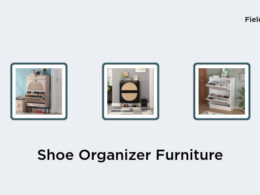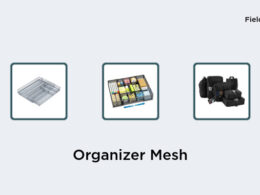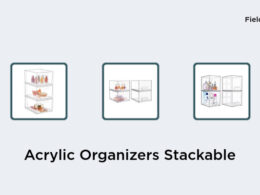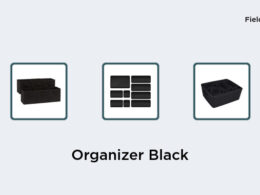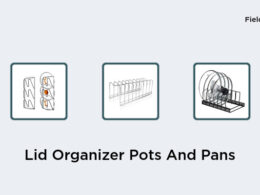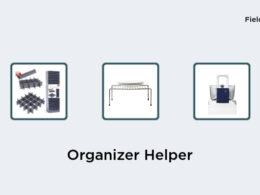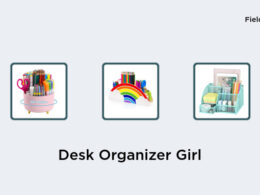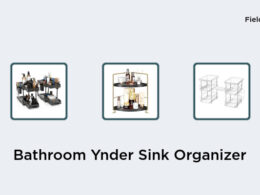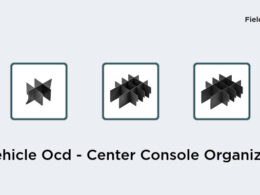A home office should be a comfortable and functional space that allows you to be productive and efficient. However, there are a few things that you should avoid in order to create an environment that promotes a healthy work-life balance. Here are some things to steer clear of when designing a home office:
Poor Lighting: Adequate lighting is crucial for productivity. Ensure that your home office space is well-lit with natural light or artificial light sources that mimic natural light.
Uncomfortable Office Chairs: Sitting in an uncomfortable chair for prolonged periods can lead to back problems and negatively affect productivity. Invest in an ergonomic chair that provides proper support and comfort.
Inadequate Storage: Clutter can cause unnecessary stress and decrease efficiency. Ensure that you have enough storage to keep your office space organized and tidy.
Limited Desk Space: A small desk can make you feel cramped and reduce efficiency. Choose a desk that is spacious enough to accommodate your work style and provides enough room for your computer, work materials, and personal items.
Not Designing a Warm Environment: An office environment should be warm and inviting to increase productivity. Add a few decorative touches, such as pictures or plants, to create a comfortable work setting.
Only Opting for Office-Specific Furniture: Your home office should be a reflection of your personal style. Consider incorporating furniture pieces that complement your aesthetic and express your personality.
Choosing a Room Without Windows: Natural light and fresh air are essential for maintaining a healthy work environment. Choose a room with windows to allow natural light and fresh air in.
Not Designing the Office for Privacy: It’s important to have a space that provides privacy and reduces distractions. Ensure that your office has a door that you can close when needed and avoid placing it in a room that receives high traffic.
By avoiding these common mistakes when designing a home office, you can create a functional and comfortable workspace that will boost productivity and promote a healthy work-life balance.








